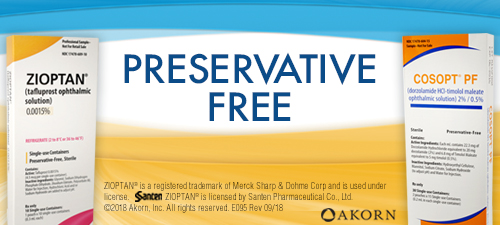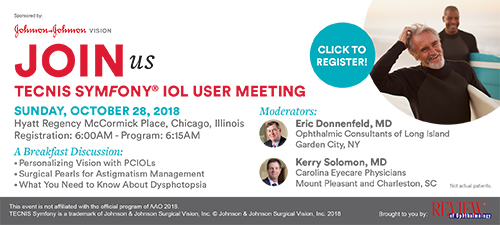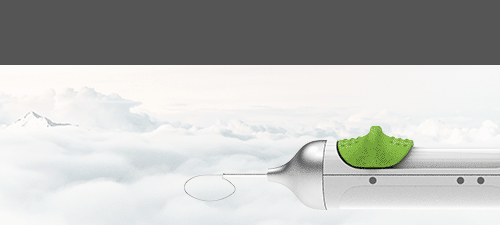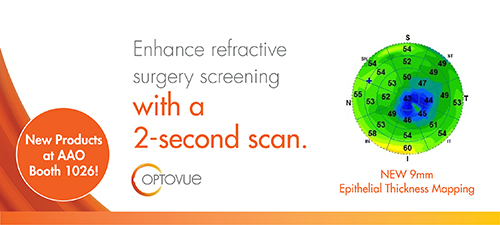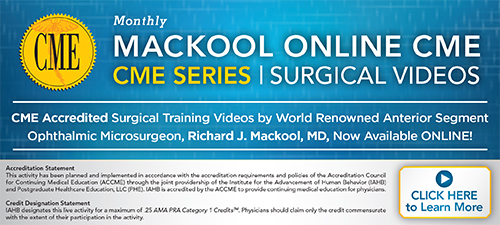FROM THE EDITORS OF REVIEW OF OPHTHALMOLOGY:

Volume 18, Number 42 |
Monday, October 15, 2018 |
|
OCTOBER IS HALLOWEEN SAFETY MONTH |
|
||||
|
|||
|
Long-term IOL Decentration & Tilt in Eyes With PES After Cataract Surgery Scientists evaluated long-term intraocular lens decentration and tilt in eyes with pseudoexfoliation syndrome following cataract surgery using Visante Omni anterior segment optical coherence tomography (Carl Zeiss; Jena, Germany) and the iTrace Visual Function Analyzer (Hoya Surgical Optics, Singapore).
|
|
| SOURCE: Burgmüller M, Mihaltz K, Schütze C, et al. Assessment of long-term intraocular lens (IOL) decentration and tilt in eyes with pseudoexfoliation syndrome (PES) following cataract surgery. Graefes Arch Clin Exp Ophthalmol 2018; Oct 1. [Epub ahead of print]. |  |
|
Intralesional Macular Atrophy in Anti-VEGF Therapy for AMD in IVAN Trial Researchers reported on the development and progression of macular atrophy and its relationship with morphologic and functional measures in the Inhibition of Vascular endothelial growth factor in Age-related choroidal Neovascularisation (IVAN) trial. They performed a reading center analysis of data from a randomized controlled trial. Participants included individuals with previously untreated neovascular age-related macular degeneration. Color, fluorescein angiography and OCT images acquired at baseline and during two-year follow-up were graded systematically for MA presence. Researchers used regression models to assess relationships between MA and lesion morphology, and vision measures (best-corrected distance and near acuity, reading speed and index, and contrast sensitivity). |
|
| SOURCE: Bailey C, Scott LJ, Rogers CA, et al. Intralesional macular atrophy in anti–vascular endothelial growth factor therapy for age-related macular degeneration in the IVAN Trial. Ophthalmology 2018; Oct 6. [Epub ahead of print]. |  |

|
||||||||||||||||
 |
||||||||||||||||
Review of Ophthalmology® Online is published by the Review Group, a Division of Jobson Medical Information LLC (JMI), 11 Campus Boulevard, Newtown Square, PA 19073. To subscribe to other JMI newsletters or to manage your subscription, click here. To change your email address, reply to this email. Write "change of address" in the subject line. Make sure to provide us with your old and new address. To ensure delivery, please be sure to add reviewophth@jobsonmail.com to your address book or safe senders list. Click here if you do not want to receive future emails from Review of Ophthalmology Online. Advertising: For information on advertising in this e-mail newsletter or other creative advertising opportunities with Review of Ophthalmology, please contact sales managers James Henne or Michele Barrett. News: To submit news or contact the editor, send an e-mail, or FAX your news to 610.492.1049 |
